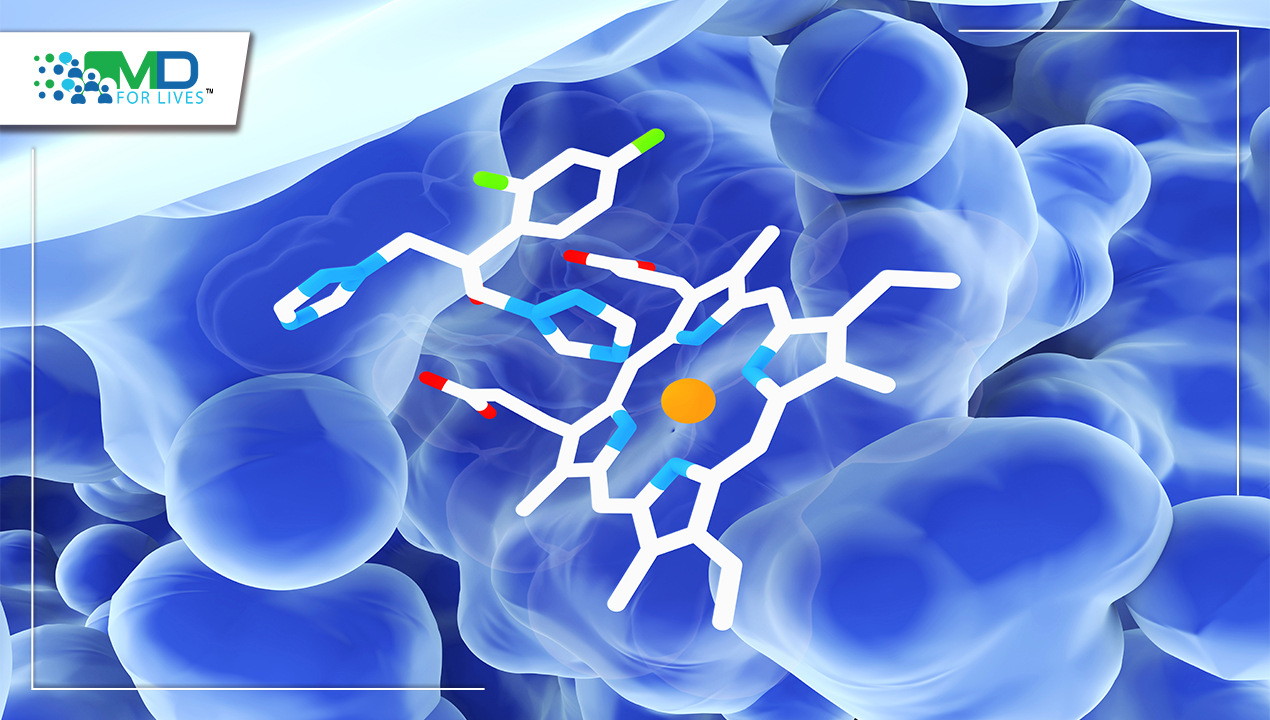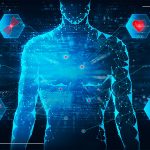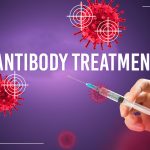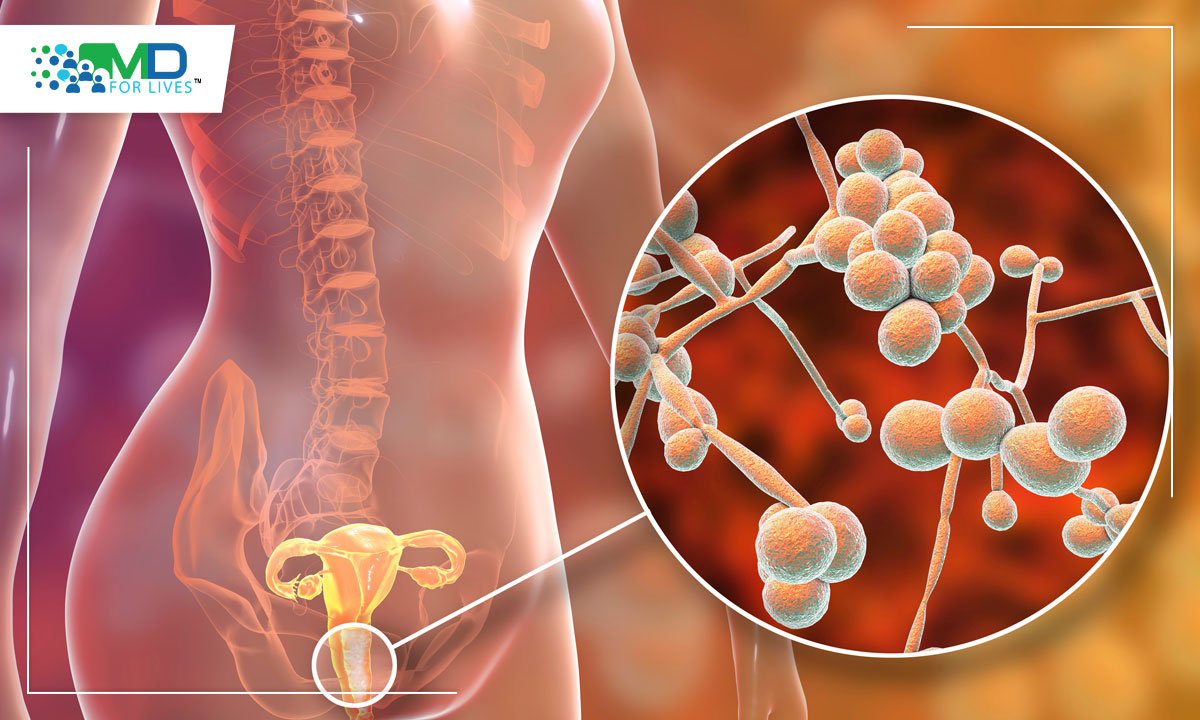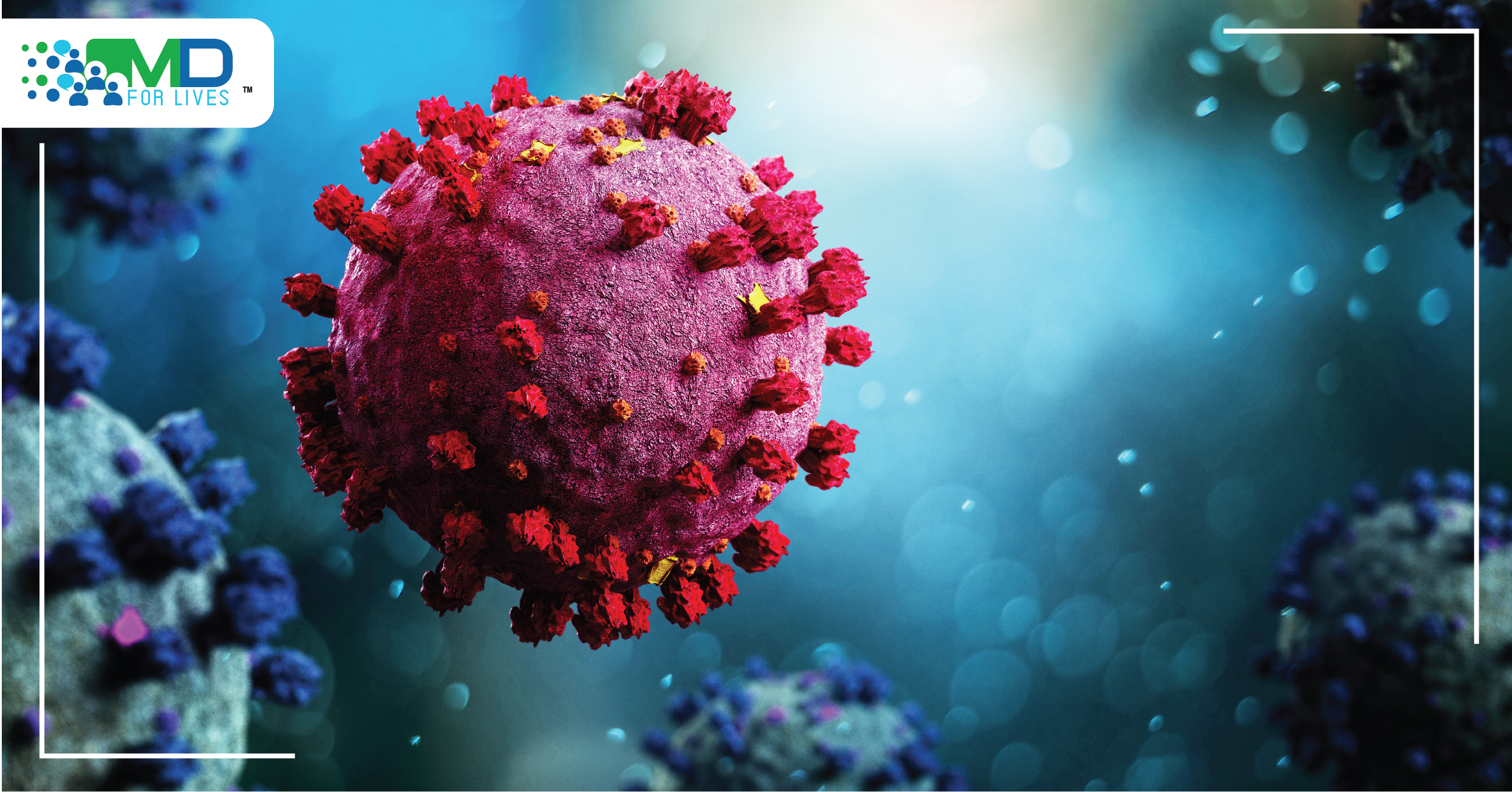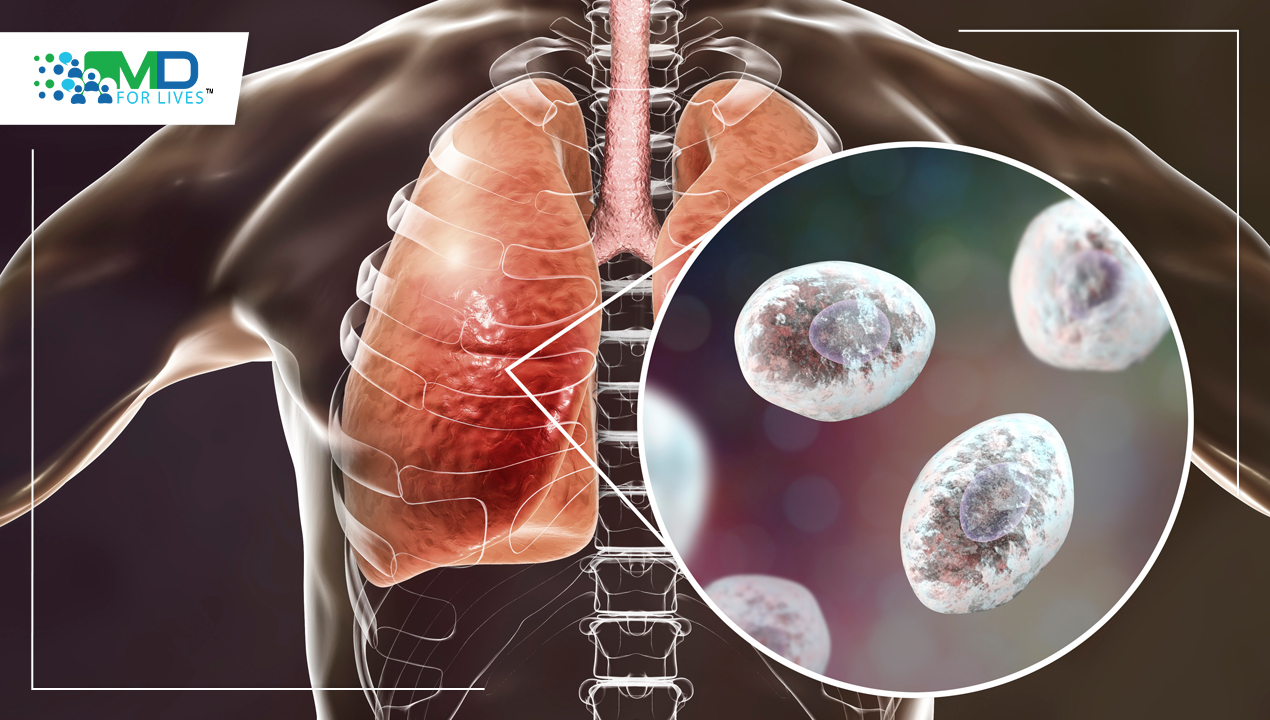Researchers have identified a protein that regulates cell development in yeasts. Because humans and yeasts have remarkably comparable biological pathways, elucidating the distinctions provides drug developers with novel therapeutic targets. Yeasts, like bacteria, are present everywhere, including in and around our bodies. And, like bacteria, yeasts can infect and make people sick. Yeasts infect over 150 million individuals each year and kill approximately 1.7 million, primarily among the immunocompromised.
What exactly is yeast?
Yeast are single-celled microorganisms that belong to the Kingdom Fungi, along with moulds and mushrooms. Because yeasts are evolutionarily varied, they are divided into two phyla, Ascomycota or sac fungi and Basidiomycota or higher fungi, which compose the subkingdom Dikarya.
Where can one find yeast cells?
They can be found on plant leaves, flowers, and fruits as well as in soil. Yeast can also be found on the skin’s surface and in the digestive tracts of warm-blooded animals, where they can live symbiotically or as parasites. Candida albicans is the most prevalent cause of “yeast infection.”
Why Study Yeast?
Consider an organism that grows quickly in a flask, has readily manipulable DNA, and provides insight into basic human biological processes, including sickness. Yeast meets that criterion and has been the subject of study for researchers all around the world, resulting in over 50,000 scholarly articles reporting yeast research!
What qualities of yeast distinguish it as a “model organism” for study and the object of so much research?
Yeast are single-celled (unicellular) organisms, making them easy to study, yet they have a cellular arrangement comparable to that of higher, multicellular animals like humans – that is, they have a nucleus and are thus eukaryotes, as mentioned above. Most crucially, because yeast and higher eukaryotes have similar cellular organization, they have similar fundamental cellular processes, hence discoveries in yeast frequently provide direct or indirect clues to how biological processes work in humans.
Unexpectedly comparable chemical processes are used by yeast cells and human immune system cells to determine when to divide. Researchers at the University of Arizona have discovered minute variations between the two cell types that may encourage the creation of antifungal medications that can target disease-causing yeasts in the body while protecting the immune system. Their research, which was published in the journal eLife, not only has ramifications for medication development, but it also sheds light on how an ancient growth regulation circuit that is present in all multicellular creatures evolved over time.
About the Research:
The scientific world is widely aware that a protein complex known as TORC1 – short for Target of Rapamycin kinase Complex 1 – regulates cell proliferation in everything from humans to yeasts. However, researchers have recently found and named the protein that initiates this process in yeasts: Ait1, a nutrition sensor and TORC1 regulator. When cells are deprived for nutrients, Ait1 in yeasts shuts off TORC1, preventing cell development. According to research co-author Andrew Capaldi, an associate professor at the UArizona Department of Molecular and Cellular Biology and BIO5 Institute member, Ait1 is like a hand keeping TORC1 in place, with a finger reaching over the top and flicking TORC1 on and off depending on how much nutrients a cell has. At order to decide how quickly to develop, cells must first detect stress and starvation, according to research conducted in the Capaldi Lab. It is crucial to comprehend how TORC1 is activated in many species in order to develop therapies for a wide range of illnesses. Although TORC1 was initially found in yeast, it is also essential for the activation of immune system cells in humans.
- When TORC1 isn’t functioning properly – it can lead to the onset of diabetes, cancer, and a number of neurological conditions, including epilepsy and depression.
- If TORC1 is overactive – Epilepsy or cancer can develop.
- If it is underactive – It may lead to depression.
It is also known as the Goldilocks regulation.
However, the fact that human systems rely on the same TORC1 pathway as yeast creates a challenge. Capaldi believes that if scientists produce medications that restrict the growth of disease-causing yeasts by inhibiting TORC1, we will be in tremendous danger since TORC1 also controls the formation of human immune cells and other things. For example, we can readily reduce yeast growth using rapamycin, a medication that binds directly to and inhibits TORC1, thus it would be effective against any infection. However, the same medicine is routinely used to suppress the immune system of transplant recipients, thus this would be disastrous.
The researchers discovered that, while the TORC1 pathway in yeast and humans is highly similar, humans do not rely on Ait1 to control TORC1. As a result, medicines that exclusively target Ait1 should decrease yeast development rather than human immune cells. Ait1 has just developed in the last 200 million years, making it a recent evolutionary step. Around 200 million years ago, a TORC1 regulator named Rheb appears to have vanished from the cells of numerous species around the same time as Ait1 developed.
Researchers discovered that several of the old TORC1 regulators seen in humans (including Rheb) were lost in the same yeasts that acquired Ait1 200 million years ago. These ancient regulators were also lost throughout the development of other single-celled creatures, such as many parasites and plants. As a result, it is quite possible that additional single-celled organisms developed novel regulators comparable to Ait1. People may now go out and seek for them because they will be ideal drug targets.
The study was co-authored by Capaldi, Xiangxia Luo, a research specialist in the Capaldi Lab, and two UArizona alumni who were the study’s lead authors: Eric Lu, who obtained a bachelor’s degree in molecular and cellular biology and biochemistry in 2021, and Ryan Wallace, who acquired a PhD in biochemistry and molecular biology in 2021 and is currently a scientist with Aviva Systems Biology Corporation in San Diego. Through Tech Launch Arizona, the university organization that commercializes university ideas, the researchers have filed a patent for their finding as a target for antifungal drugs.
Reference:
- https://elifesciences.org/articles/68773
- https://wiki.yeastgenome.org/index.php/What_are_yeast%3F
- https://www.sciencedirect.com/topics/immunology-and-microbiology/yeast-cell#:~:text=Yeast%20cells%20(Cole%20et%20al,%2C%20Mycotypha%3B%20Benny%20et%20al
- https://en.wikipedia.org/wiki/Yeast

MDForLives is a vibrant community of healthcare professionals and patients dedicated to shaping the future of healthcare. We provide valuable global insights to healthcare companies through online surveys, interviews, and discussion forums.

